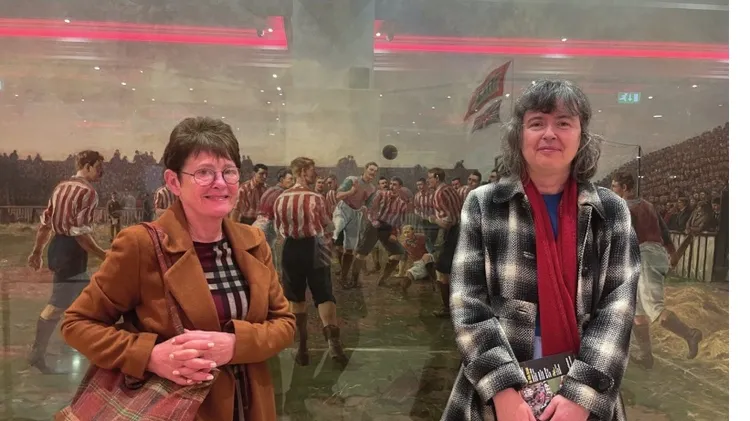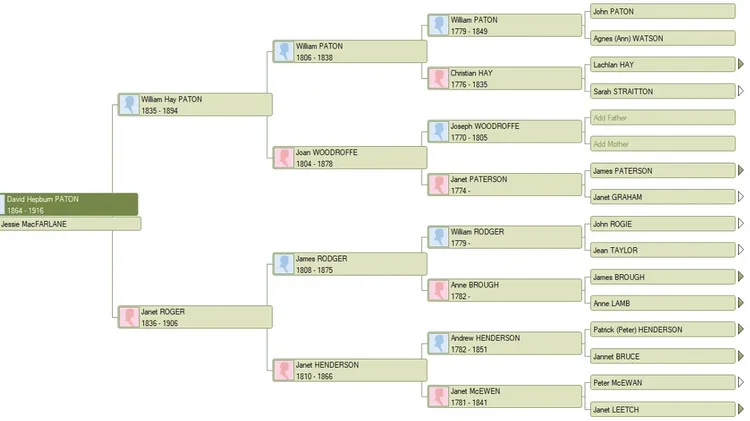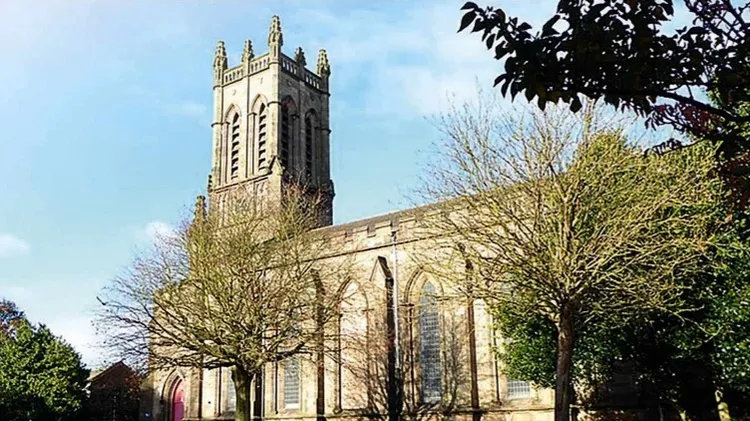How many of us half-listened to family history tal
Jimmy millerfootball legend and my ancestor
8 min read
This article is from...
Read this article and 8000+ more magazines and newspapers on Readly






